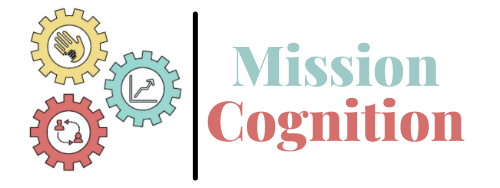One of my absolute favorite set of activities we do with the kids at Mission Cognition Social Skills Development Center is related to non verbal communication. In the office, we call these our “No Words” days. On these days, staff are not allowed to communicate using words. They must rely solely on gestures, expressions, eye gaze, body language and posturing to communicate to the kids what they should be doing and how to do it as well as when to stop and what not to do at all.
We serve a wide range of kids with lots of different behavioral deficits and excesses. We’ve got the kids who are constantly interrupting and bopping from one topic or activity to the next and not demonstrating social awareness to identify when friends may be bugged or frustrated by their actions. We’ve got the kids who are easily distracted by various stimuli in the environment, orient away from what we would identify as an attentional priority and need 1:1 directions, reminders to transition or stop/start a task with the rest of the group. We’ve got the kids who have tons of language but have difficulty knowing when it’s a good time to join in or initiate an interaction and when an interaction needs to change or end all together or even how to interpret what we may consider some very basic gestures.
Even with all of these differences in learner profiles, It never fails, the kids are so quiet and attentive on these “no words” days, even though they are allowed to talk to staff and to one another.
Everything sloooooows down. The kids must constantly be referencing staff in order to make successful decisions. It’s also consistently surprising to us which kids struggle with this and which kids excel. When we first started doing these activities, we were shocked that some of our “highest functioning” kids with typical / near typical expressive language skills were not able to interpret head nods and shakes to make decisions.
Because so much of what we communicate day to day is done without words, it is imperative that we are teaching our learners how to attend to and interpret what is unspoken in order to be the more skilled socially.
What have you done lately to condition your face and attention as a reinforcer?
Why should our kids want to or need to look at us?
Will you accept our challenge and have a “no words day” (okay, okay, even 10-15 minutes has value) ?
Check out our video here on earning eye contact and some other great resources below:
